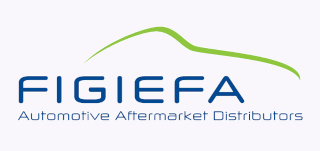Boosting competitiveness through interoperability and standardisation of telematics platforms
The European Parliament has responded to the strategy proposed by the European Commission in 2015 with an own-initiative report on the Digital Single Market.
The Digital Single Market is a priority for the European Commission, and is an overview of the challenges and opportunities offered by new communications technology. It will influence the macro-political perspective of all Commission actions.
Members of the European Parliament (MEPs) tabled more than 1000 amendments to the Commission’s strategy, condensed into 130 articles in the final report, with the overall aim of fostering innovation and cutting red tape for start-ups, but also ensuring consumer choice and protection.
A fully implemented digital single market could boost the EU’s gross domestic product with €415-500 billion every year, according to a study commissioned by Parliament. However, in order to take full advantage of the opportunities, a number of issues need to be resolved, including updating copyright rules, simplifying VAT, ending unjustified geo-blocking, evaluating telecoms rules, “big data” issues and the role of “platforms”.
The digitalisation of the automotive sector was also considered, with MEPs calling upon the European Commis-sion to “ensure that this [in-vehicle interoperable, standardised, secure and open-access] platform will not restrict innovation, free competition and consumer choice” (Article 111). MEPs further called for a coordinated strategy on connectivity in the transport sector and for the establishment of regulatory framework (Article 112).
This development can be seen in the light of the recently launched Commission study on access to in-vehicle data and resources as well as the GEAR 2030 process, where connectivity, automation and the automotive value chain are being examined at the highest level.
